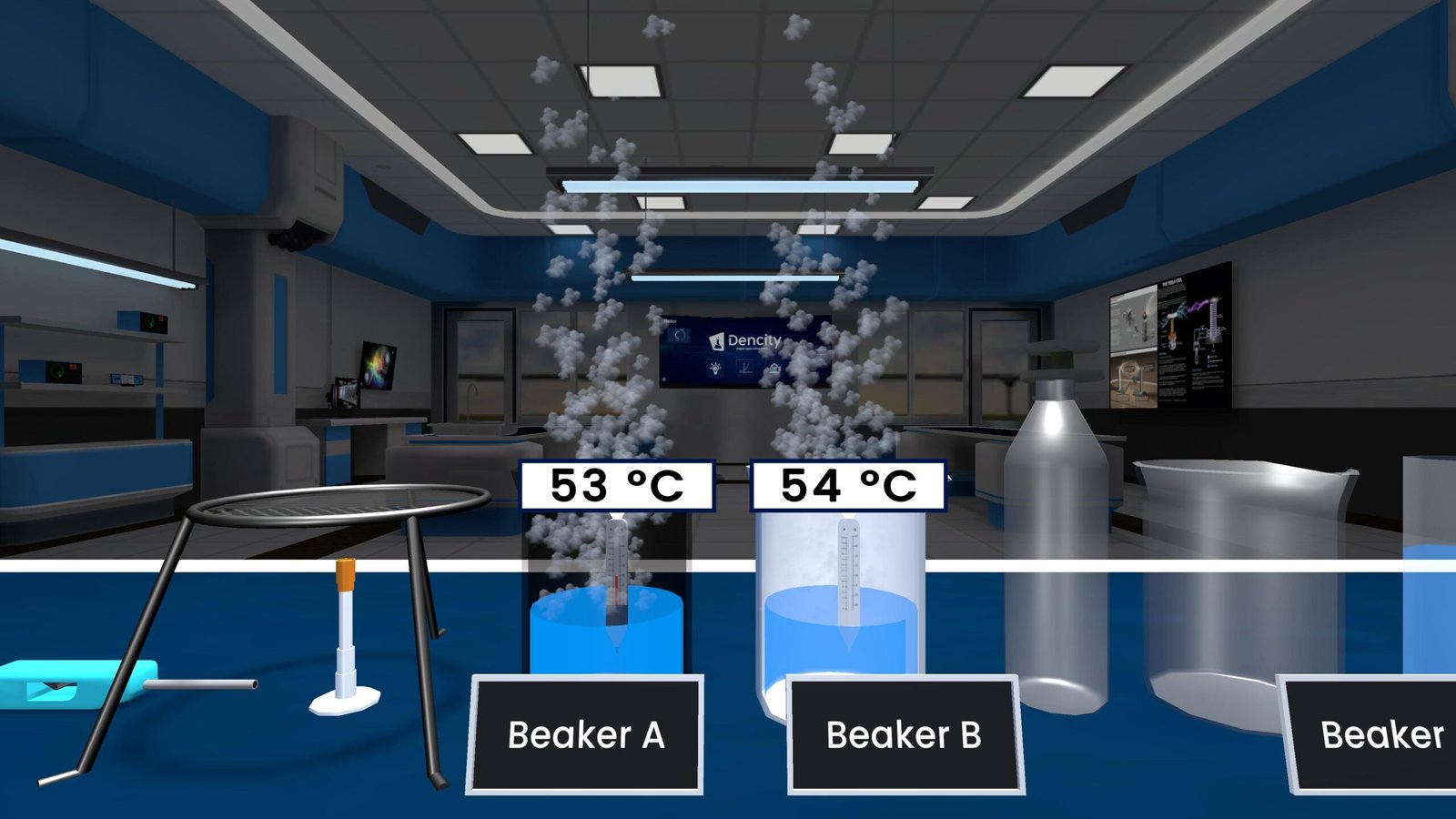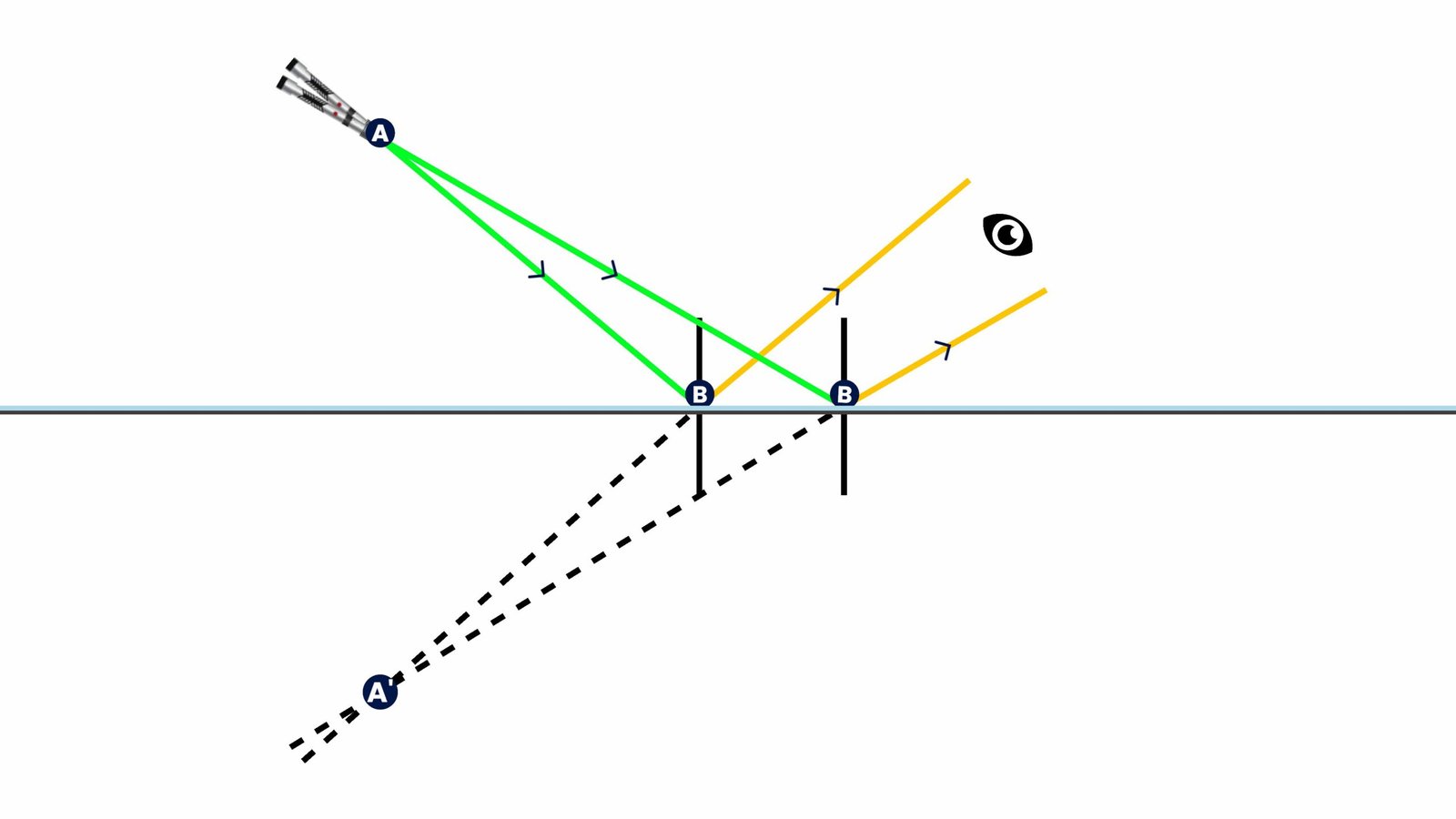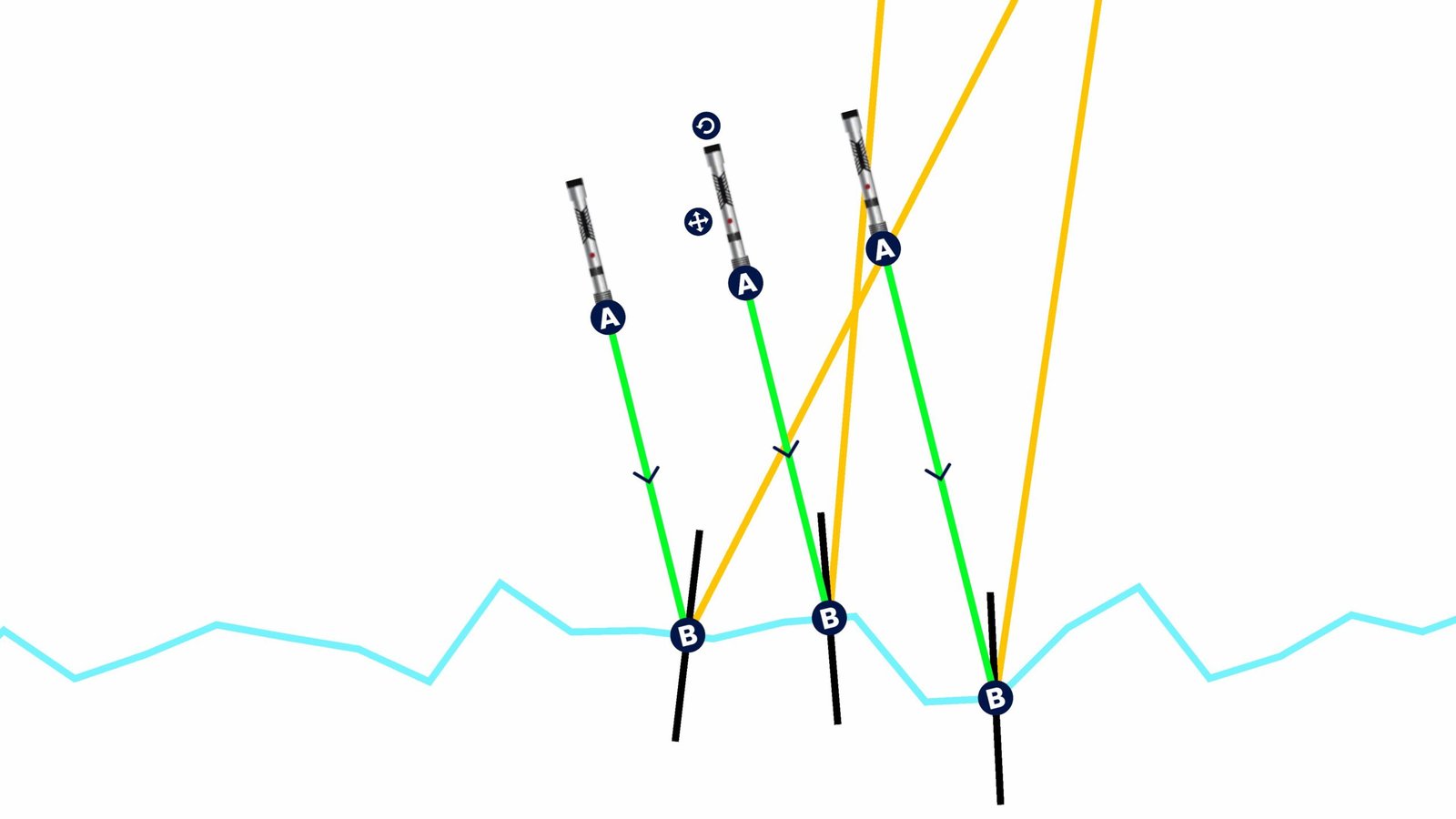Mass and Weight: Understanding Their Difference Through Gravity
Mass and weight are often used interchangeably in everyday language, but in science, they are distinct concepts. Mass is the measure of the amount of matter in an object, while weight is the gravitational force acting on that mass.
Theory for Class 9 Science
- Mass (m): A measure of matter, constant everywhere in the universe.
- Weight (W): A force calculated as W = m × g, where g is the gravitational acceleration.
- g (gravity) differs from planet to planet. For example, Earth’s gravity is approximately 9.81 m/s², while on the Moon, it’s just 1.62 m/s².
This means:
- A person with a mass of 10 kg weighs 98.1 N on Earth.
- The same person weighs only 16.2 N on the Moon because gravity is weaker.
Real-Life Applications
- Astronaut training: Simulates different gravitational pulls.
- Space exploration: Designs require accurate force calculations for different planets.
- Engineering: Tools and machines must account for varying weights in different environments.
Observations from the Experiment
- Mass remains unchanged on all celestial bodies.
- Weight increases or decreases based on the gravitational pull.
- Heavier planets = more weight, lighter planets = less weight.
- Example: On Jupiter, the strongest gravity, the object weighs more; on the Moon, it weighs much less.
Mass vs. Weight on Different Celestial Bodies
| Celestial Body | Gravity (m/s²) | Mass (kg) | Weight (N) |
|---|---|---|---|
| Earth | 9.81 | 10 | 98.1 |
| Moon | 1.62 | 10 | 16.2 |
| Mars | 3.71 | 10 | 37.1 |
| Jupiter | 24.79 | 10 | 247.9 |
| Mercury | 3.7 | 10 | 37.0 |
| Venus | 8.87 | 10 | 88.7 |
| Saturn | 10.44 | 10 | 104.4 |
Explore Mass and Weight Differences with Dencity
With the Dencity virtual lab, students can:
- Change the planet and see how weight varies while mass remains constant.
- Visualize the effect of different gravity levels.
- Understand real-time calculations of W = m × g.
This experiment is part of the Class 9 Science curriculum and is available on Android, iOS, and desktop through the Dencity app.
Dencity for Teachers
Dencity supports interactive teaching with:
- Visual demonstrations of gravity’s effect on weight.
- Assignments with automated evaluation and student progress tracking.
- Graphs and tables showing how mass and weight relate across planets.
- Collaborative classroom experiments with touch-based interactivity.
Perfect for Smart Classroom Panels
On interactive touch panels, Dencity lets students:
- Drag objects onto different planets.
- Watch their weight values update in real-time.
- Explore the gravitational constants of each celestial body.
Schedule a Demo or Get Custom Pricing
Want to integrate engaging science learning in your classroom? Contact us today for a free demo and explore tailored pricing options for your school.
Frequently Asked Questions
- What is the difference between mass and weight?
Mass is the amount of matter; weight is the force due to gravity. - Why does weight change on other planets?
Because gravity (g) is different on each planet. - Is mass ever zero?
No, mass is constant everywhere. - Where do we weigh the least?
On the Moon, due to its low gravity. - Can I simulate this in Dencity?
Yes, with planet-based gravity comparisons and instant results. - Is this in the Class 9 syllabus?
Yes, it’s a core topic in Class 9 Science. - Do I need lab tools for this?
No, Dencity provides everything virtually. - Can teachers assign this as homework?
Yes, with auto-evaluation and feedback. - Does Dencity work on tablets and phones?
Yes, on Android, iOS, and desktop. - How can my school get started with Dencity?
Reach out for a custom demo and pricing.







